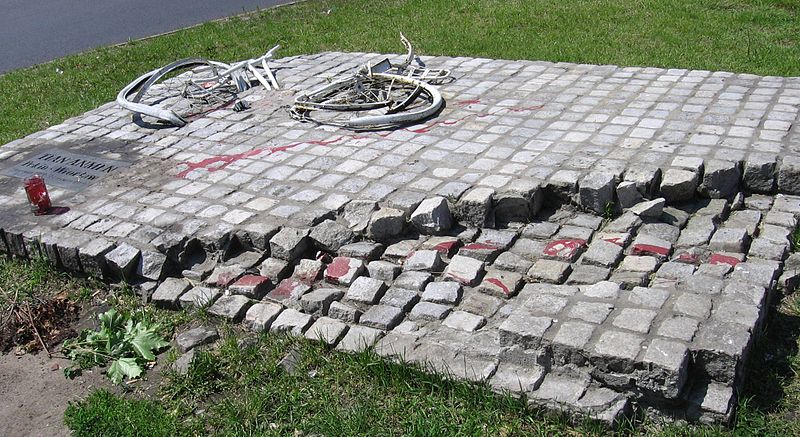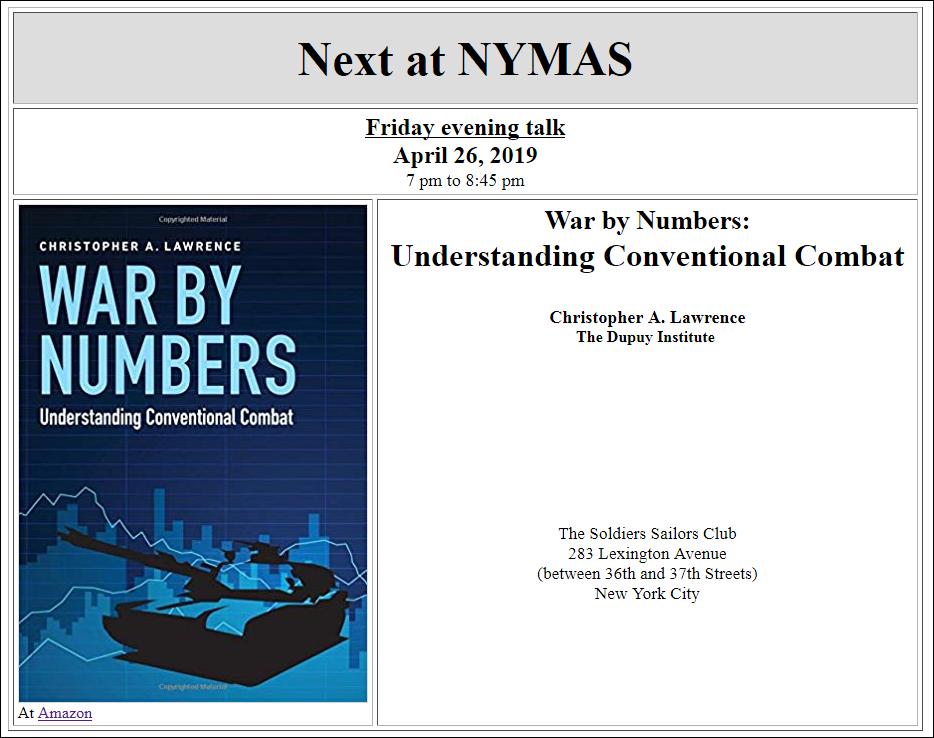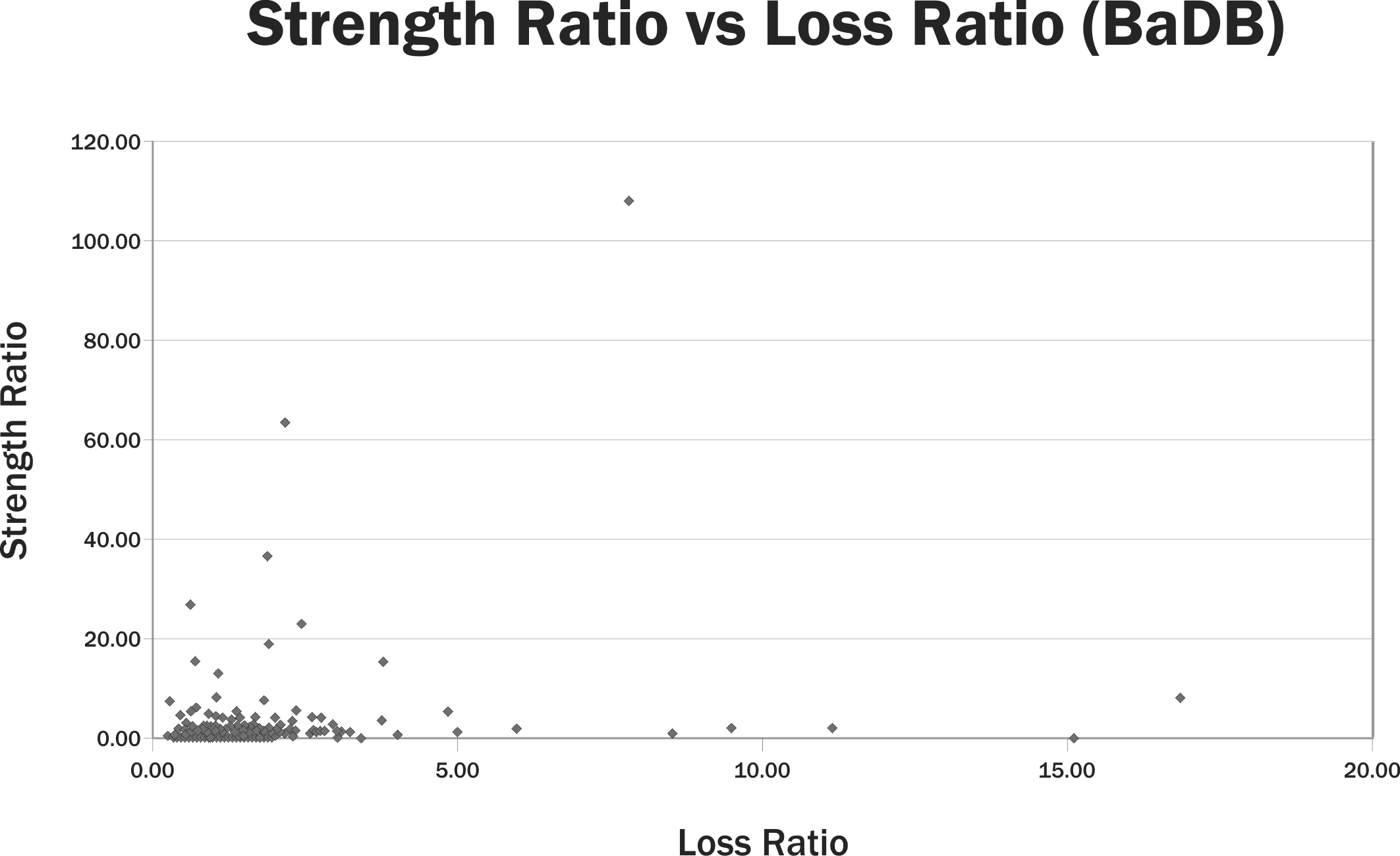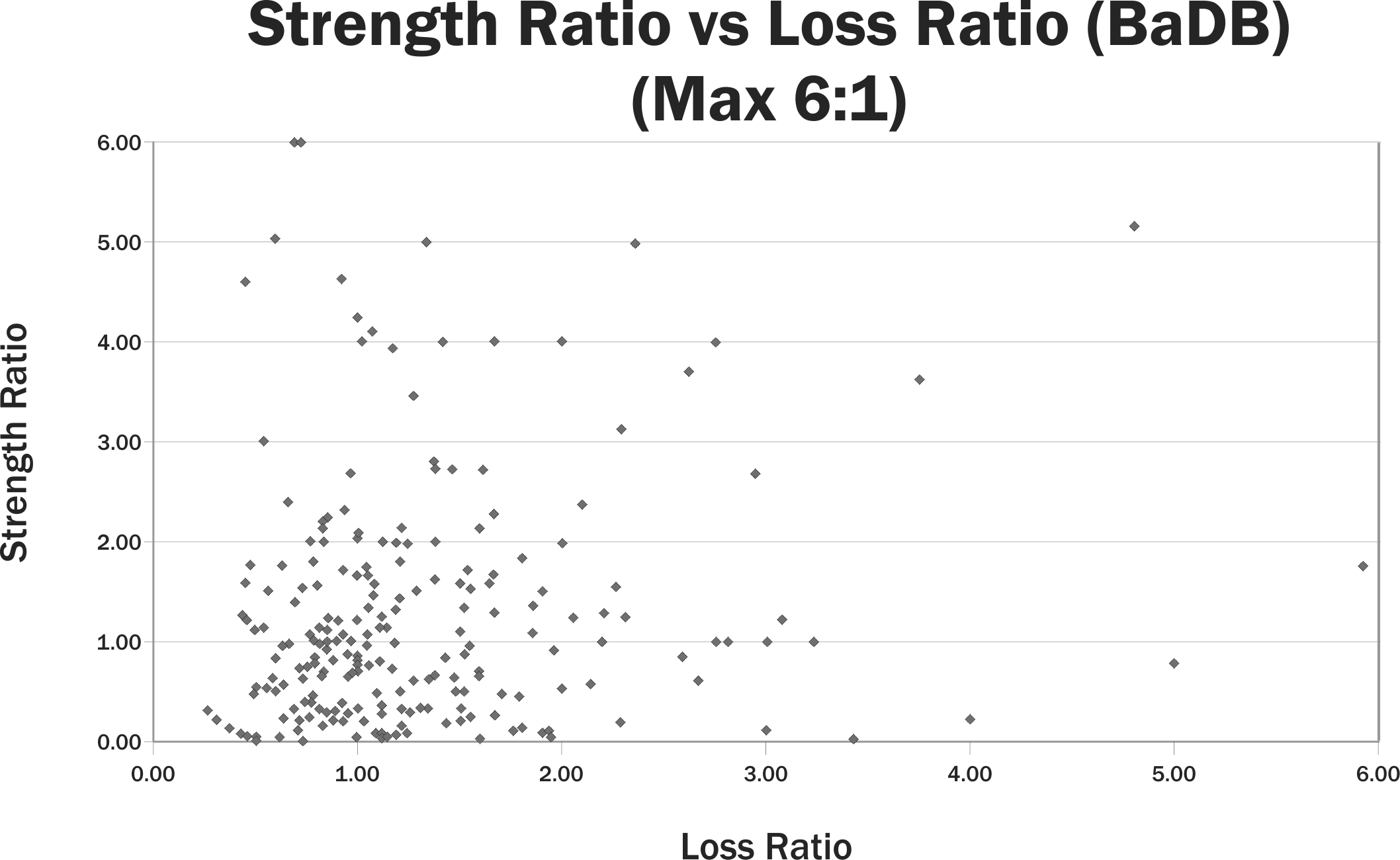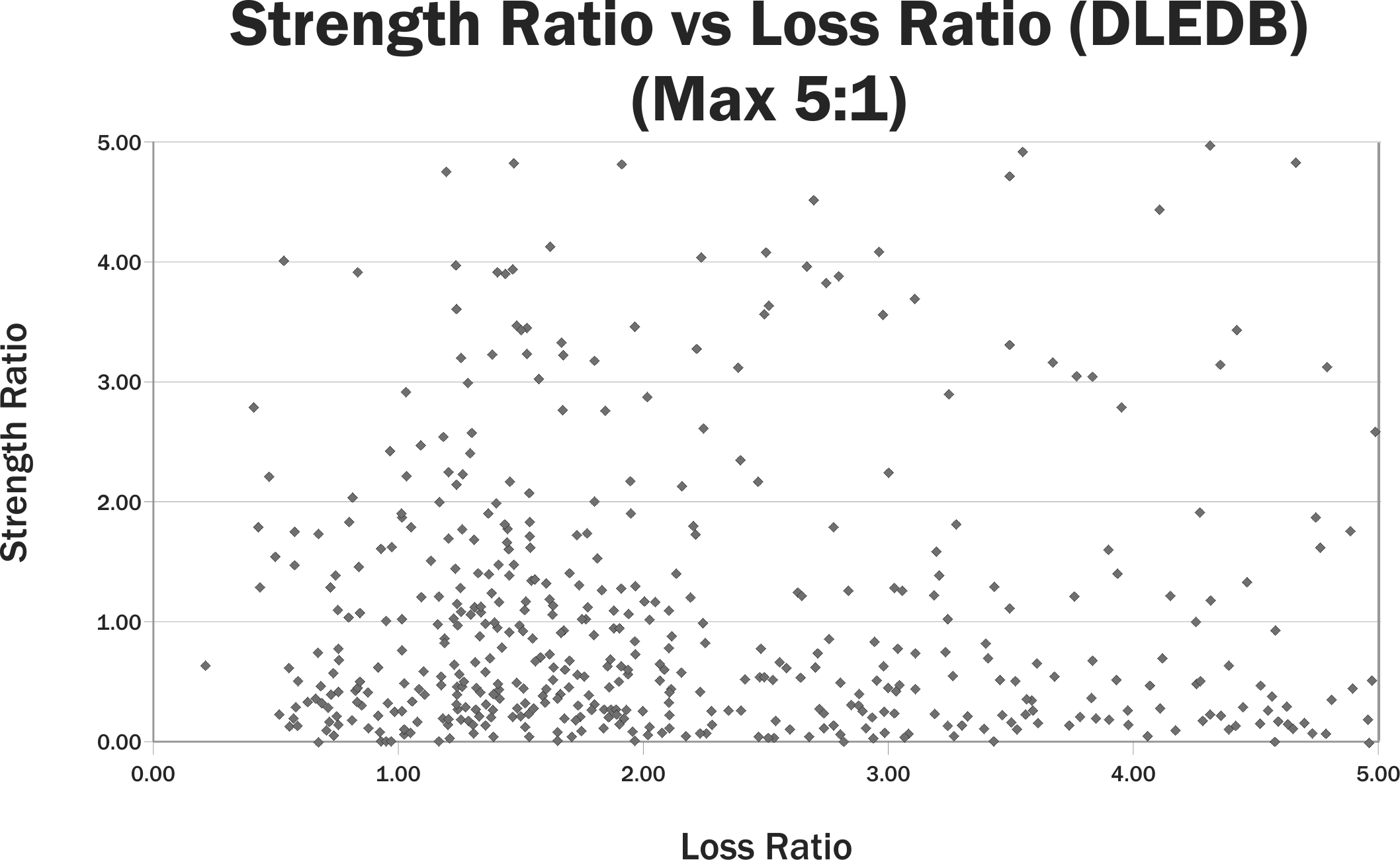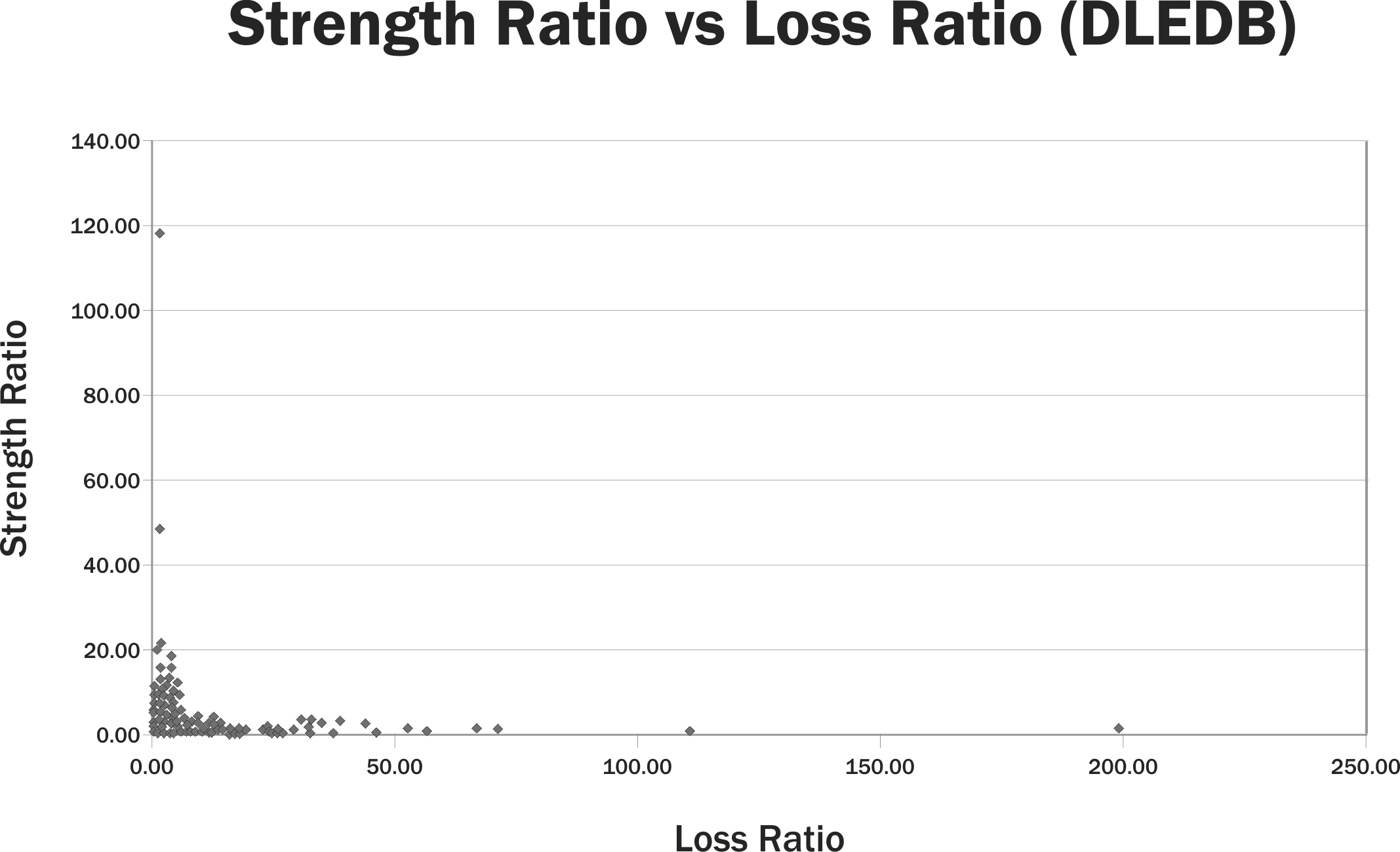
Our government claims that all options are on the table in response to the situation developing in Venezuela. I gather this includes military options, which according to news reports, the U.S. had yet to actually mobilize for. So, if military options are a possibility, what does the Venezuelan military actually look like?
First, Venezuela is not a small country. It is over 32 million people and almost a million square kilometers in area. Population wise, this is more people than were in Vietnam in 1965, Afghanistan in 2001 or Iraq in 2003. Area wise, it is several hundred thousand square kilometers bigger than Afghanistan, Iraq or Vietnam.
The Venezuelan Army has 128,000 troops of six divisions. They have 192 T-72s, 84 AMX-30s, 78 Scorpion light tanks, and 111+ AMX-13s, several hundred armored personnel carriers and over 100 armored cars. They also have 48 Hind Mi-35 attack helicopters. The Venezuelan Air Force has 10+ F-16s and 23 Sukhoi Su-30s. The Venezuelan Navy is 60,000 personnel including 12,000 marines. It has 2 submarines, 3 missile frigates, 3 corvettes, 10 large patrol boats and gunboats, 19 smaller patrol boats and 4 LSTs (landing ship tank). Added to that is a National Guard with police functions of around 70,000 troops. They have up to at least 191 (and eventually up to 656) of the white Chinese-built APCs that were running over people a couple of days ago (see picture). There is also a National Militia and a Presidential Honor Guard brigade. So we are looking at 258,000+ people under arms. All data is from Wikipedia.
Added to that, the source of Chavez (Maduro’s predecessor) power and popular support was the military. He was a career military officer for 17 years, He was a captain when he attempted two violent coups in 1992. To date, the government of Maduro has maintained the support of the military. This is probably the key to his ability to hold onto power.
Now, retired General Jack Keene recently did discuss three military options 1) move forces to Colombia and threaten, 2) move a coalition of forces (Colombia and Brazil) into Venezuela to provide humanitarian aid and 3) invade with the purpose of conducting regime change. See: Keene Interview
I suspect that any form of direct intervention, like we did in Vietnam, Afghanistan and Iraq is not being seriously considered. So, one wonders what other military options is the United States considering, if any.



